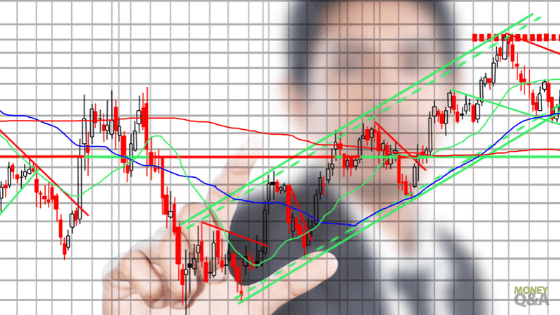
There’s no doubt that algorithmic trading is all the rage in the digital age, with this practice responsible for between 60% and 73% of all equity trades completed in the US. This number is forecast to increase incrementally in the future too, with investors keen to leverage the practice’s core benefits such as speed, accuracy, and reduced trading costs. In short, algorithmic trading allows investors to execute a high volume of orders in a short period of time, without compromising on efficiency or profitability. That’s what a trading algorithm can do for you.
But what exactly is algorithmic trading, and what are the core benefits of building your own software to achieve this objective?
What is Algorithmic Trading?
In simple terms, algorithmic trading with a trading algorithm is a tech-led method of executing buy/sell orders, utilizing automated and pre-programmed trading instructions.
These instructions can account for a number of trading variables, including time, price, and volume, enabling you to factor in real-time and future market conditions as a way of optimizing potential outcomes.
The utilization of software also creates the opportunity to leverage the speed and computational resources that are available in the digital marketplace, creating a significant advantage relevant to human investors.
On a fundamental level, algorithmic trading creates the ideal opportunity for investors to optimize volumes and profits even in volatile conditions, with this something that wasn’t available years ago.
What are the Benefits of Using Algorithmic Trading?
As we’ve already touched on, there are a number of fundamental benefits to exploiting a trading algorithm, including speed. Remember, algorithms are written ahead of time, so you can execute instructions automatically and in real-time.
Accuracy is another core advantage, as the software deployed minimizes the risk of human error and the casual mistakes that can occur as a result of manual input. This also leads to the broader benefit of negating the risk of emotive trading, eliminating the potential impact of feelings such as greed, regret, and fear.
When you trade through tools such as the MetaTrader 4 hosted by Oanda (which features the capacity to build your own forex robots), you’ll also have the ability to successfully backtest your strategies.
This affords you valuable insight into the benefits and potential pitfalls associated with your strategy, allowing you to optimize this further in the future.
Of course, algorithmic trading also allows you to make the most of your time as an investor, so you can focus on honing your wider investment strategies and monitor trends that may prove helpful over time.
The Last Word
If there’s one key takeaway here (other than the growing influence of algorithmic trading in 2021), it’s the importance of testing and optimizing your individual algorithms.
After all, your trading robot must be capable of identifying regular and persistent market efficiencies, so there must be a clear focus on testing and validating your algorithm in real-world market conditions.
This also enables you to test your strategies in a range of market scenarios, while adjusting variables such as time-frames and asset classes.
